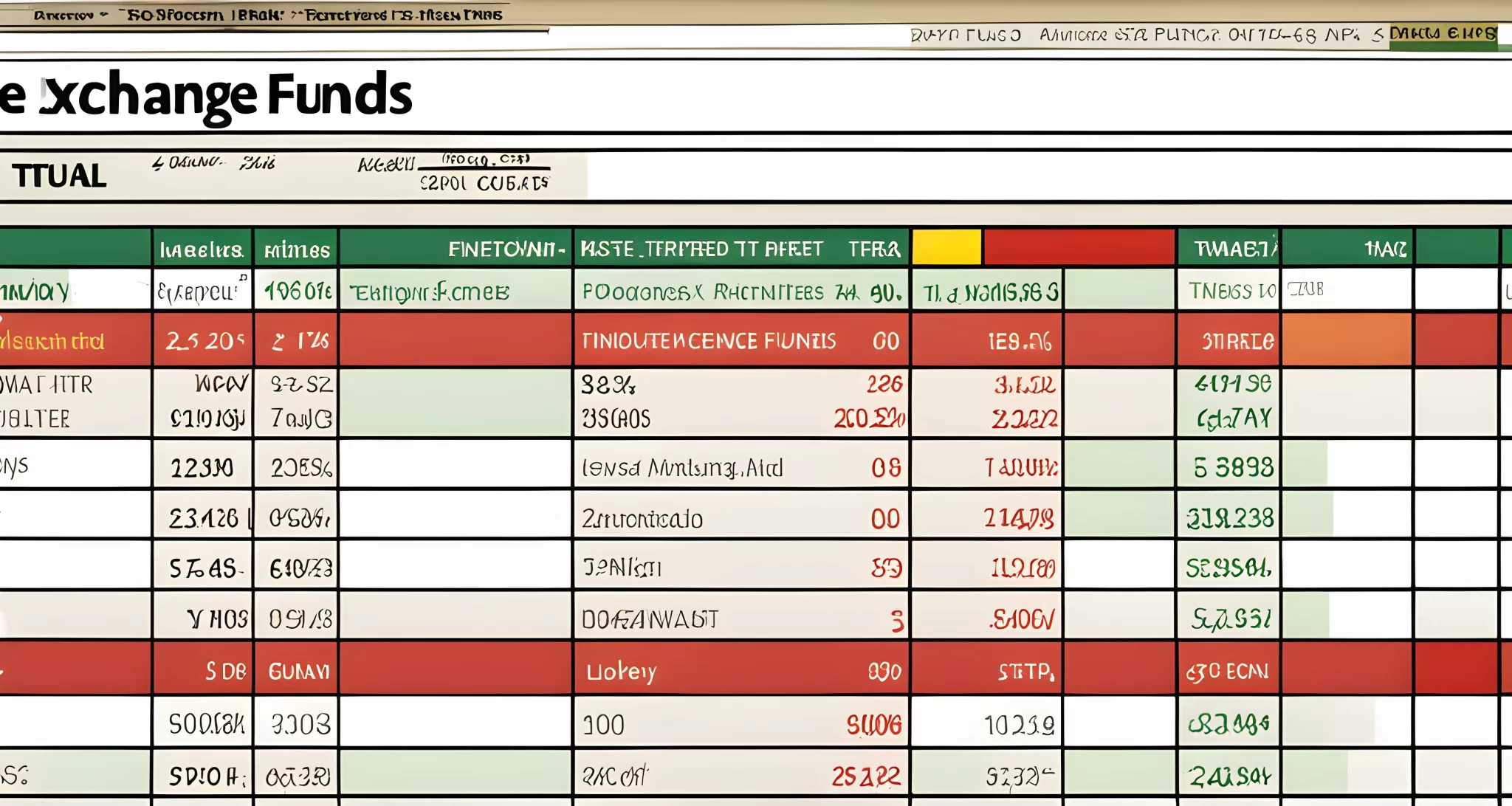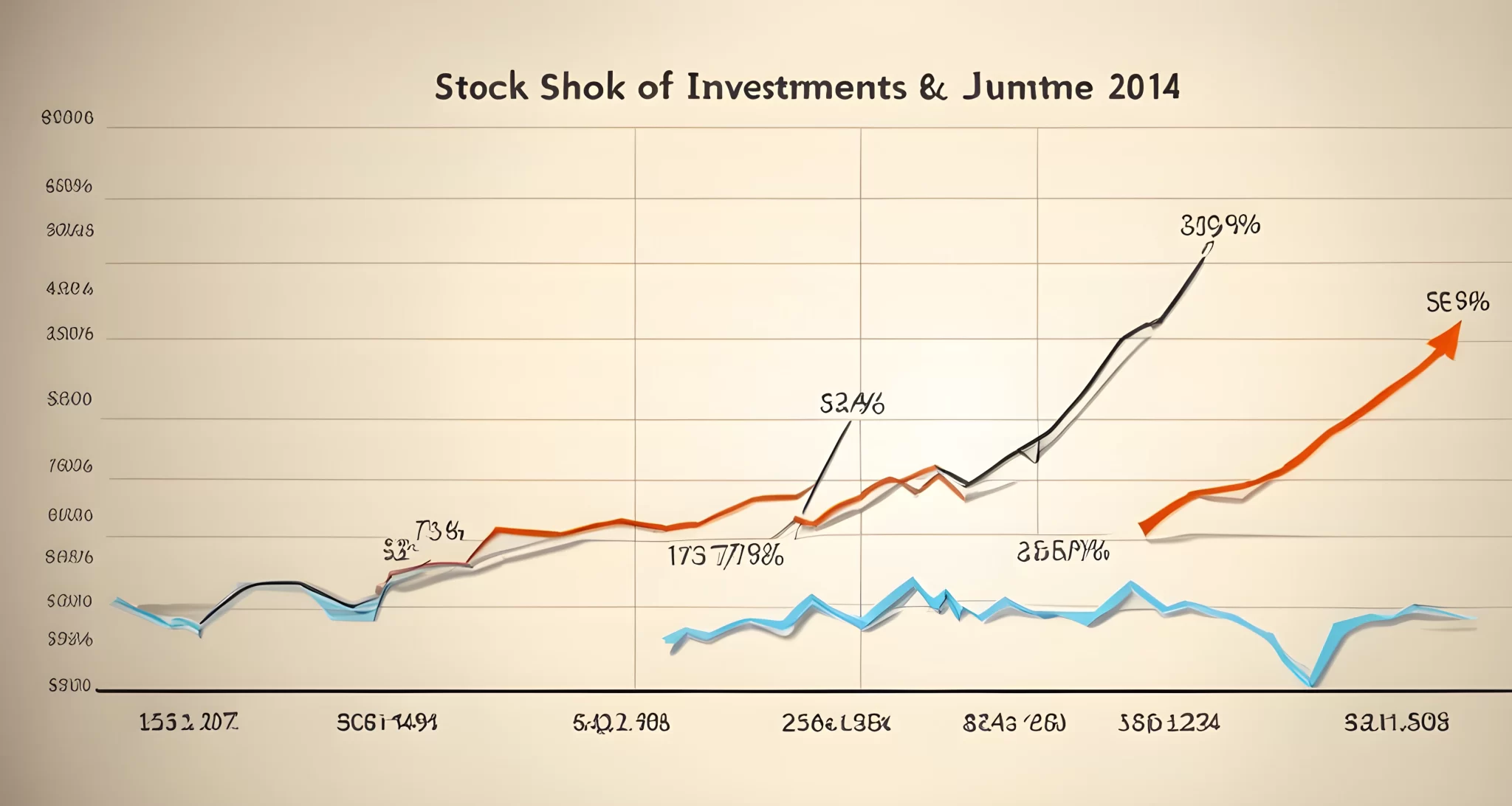Assess Your Situation
Before creating a diversification strategy, it is crucial to assess your individual financial situation. This step is essential for making informed decisions about your investment portfolio. Factors such as your age, time horizon for needing the money, and your risk tolerance play a significant role in determining the appropriate level of diversification for your portfolio and the types of assets that align with your goals.
Age and Time Horizon
Your age and time horizon for needing the money are critical factors when considering diversification. Younger individuals with a longer time horizon can afford to take on more risk because they have more time to recover from any potential losses. As you get closer to retirement, it may be wise to shift towards a more conservative approach to protect your wealth. Understanding where you are in your financial journey will impact the diversification choices you make.
Risk Tolerance
Understanding your risk tolerance is essential for building a diversified portfolio that aligns with your comfort level. Some individuals may be comfortable with higher-risk investments that offer the potential for greater returns, while others may prefer lower-risk options to preserve their capital. Assessing your risk tolerance will help determine the mix of assets that best suits your investment strategy.
By assessing these factors, you can establish a foundation for creating an effective diversification strategy. To further understand the benefits of diversification, you can explore Investment Diversification Benefits to gain insight into how diversifying your portfolio can safeguard your investment stability.
Remember, diversification is not a one-size-fits-all solution. It’s essential to tailor your strategy based on your unique financial situation and goals. Whether you’re just starting or looking to optimize an existing portfolio, taking the time to assess your situation is a crucial step towards achieving long-term financial success.

Asset Allocation Tools and Financial Advisor Consultation
When it comes to diversifying your financial portfolio, utilizing asset allocation tools or seeking advice from a financial advisor can be incredibly beneficial. Asset allocation is the process of dividing your investment portfolio among different asset classes such as stocks, bonds, and cash. This is a crucial component of diversification, as it helps spread risk and maximize potential returns.
By using asset allocation tools, you can determine the optimal allocation for different asset classes based on your risk tolerance and financial objectives. These tools provide valuable insights into how to balance your investments to achieve long-term stability and growth. Additionally, seeking advice from a financial advisor can provide personalized guidance tailored to your specific financial situation.
Professional guidance can assist in creating a balanced investment portfolio that aligns with your risk tolerance and financial objectives. A financial advisor can help you navigate the complexities of asset allocation and provide recommendations on how to optimize your investment strategy. Whether you’re new to investing or have years of experience, consulting with a financial advisor can offer valuable perspectives and insights.
In addition to seeking professional advice, it’s essential to stay informed about the latest investment strategies and market trends. Reading articles such as Stability in Long-Term Investments can provide valuable information on how to approach long-term stability in your investment portfolio.
Overall, utilizing asset allocation tools and seeking advice from a financial advisor are crucial steps in diversifying your financial portfolio. These resources can help you make informed decisions about how to allocate your assets, manage risk, and achieve your long-term financial goals. Whether you’re looking to build wealth for retirement or generate income for the future, leveraging these tools and resources can set you on the path to financial success.

Robo Advisor Guidance
If you’re looking for a convenient and efficient way to diversify your financial portfolio, robo advisors can be a great option to consider. These automated platforms utilize algorithm-driven asset allocation and investment recommendations to provide professional guidance based on your individual financial situation.
Advantages of Robo Advisors
- Automated asset allocation: Robo advisors can automatically allocate your assets across a diverse range of investments based on your financial goals and risk tolerance.
- Professional guidance: With robo advisors, you can access investment suggestions from professionals without the need for extensive financial expertise.
- Customized recommendations: These platforms take into account your unique financial situation to provide personalized investment strategies.
Simplified Diversification
Robo advisors make it easier to implement a diversified investment strategy without the hassle of researching and selecting individual stocks or funds. By utilizing these platforms, you can achieve a well-balanced portfolio that spreads your investments across various asset classes, reducing the overall risk.
Accessibility and Affordability
One of the key benefits of robo advisors is their accessibility and affordability. They typically have lower fees compared to traditional financial advisors, making them a cost-effective option for individuals looking to diversify their portfolio without breaking the bank.
How to Get Started
To begin using a robo advisor, you’ll need to create an account on one of the many available platforms. You’ll typically be required to answer questions about your financial goals, risk tolerance, and investment preferences. Based on this information, the robo advisor will then provide you with a recommended investment portfolio tailored to your needs.
In conclusion, robo advisors offer a convenient and efficient way to implement a diversified investment strategy without requiring extensive financial knowledge. With their automated asset allocation and personalized recommendations, these platforms make it easier for individuals to achieve a well-balanced portfolio that aligns with their financial goals and risk tolerance.
For more information on addressing risk in your investment portfolio, check out our article on Addressing investment portfolio risk.

Mutual Funds and ETFs Selection
When it comes to diversifying your financial portfolio, mutual funds and exchange-traded funds (ETFs) are valuable investment options to consider. Both of these options offer diversification across different industries, geographical locations, and market caps, making them attractive choices for building a well-rounded investment portfolio.
Benefits of Mutual Funds and ETFs
Mutual funds and ETFs provide exposure to a broad range of asset classes with a relatively minimal overall investment. This means that you can gain access to a diverse array of stocks, bonds, and other securities without needing to individually purchase each one. Additionally, these investment vehicles are managed by professional fund managers, providing you with the expertise needed to navigate the complexities of the financial markets.
Considerations for Selection
When selecting mutual funds and ETFs for your portfolio, it’s important to consider your investment goals, risk tolerance, and time horizon. Look for funds that align with your financial objectives and provide the diversification you need to mitigate risk. Additionally, assess the fees associated with each fund to ensure that you’re getting the best value for your investment.
How They Fit into Your Portfolio
Mutual funds and ETFs can play a crucial role in balancing your asset allocation. By investing in these vehicles, you can spread your investments across a wide range of securities, reducing the impact of volatility in any single asset class. This can help you achieve a more stable and consistent return on your investments over time.
In conclusion, mutual funds and ETFs are powerful tools for building a diversified investment portfolio that aligns with your financial goals. They offer access to a wide array of asset classes while being managed by professionals in the industry.
For more information on addressing investment concerns and long-term growth strategies, be sure to check out Growth Strategies Investment for valuable insights into optimizing your investment approach.

Managing Diversification Costs
When it comes to diversifying your financial portfolio, it’s important to consider the potential costs involved. While diversification can help reduce investment risk, there are associated fees and the difficulty of managing a large number of holdings to consider.
Evaluating the Potential Benefits
Before diving into diversification, it’s crucial to evaluate the potential benefits against the costs involved. Diversification can help spread out risk, protect against market volatility, and potentially increase long-term returns. By investing in a variety of assets, such as stocks, bonds, and real estate, you can minimize the impact of any one investment performing poorly.
Effective Ways to Manage and Minimize Expenses
To effectively manage and minimize diversification costs while still achieving a diversified portfolio, there are several strategies to consider. One option is to utilize asset allocation tools or seek guidance from a financial advisor Portfolio investment returns maximize. These professionals can help you determine the most cost-effective way to diversify your portfolio based on your individual financial situation and goals.
Mutual Funds and ETFs Selection
Another way to manage costs is by carefully selecting mutual funds and exchange-traded funds (ETFs) with low expense ratios. These investment vehicles offer instant diversification by pooling together funds from multiple investors. By choosing funds with lower fees, you can reduce the overall cost of diversifying your portfolio.
Robo Advisor Guidance
Robo advisors can also provide cost-effective guidance for diversifying your portfolio. These automated platforms utilize algorithms to create and manage a diversified investment portfolio based on your risk tolerance and financial goals. With lower fees compared to traditional financial advisors, robo advisors can help minimize the costs associated with diversification.
In conclusion, while diversification can be an effective strategy for reducing investment risk, it’s important to carefully evaluate and manage the associated costs. By considering the potential benefits of diversification against the expenses involved, and utilizing cost-effective strategies such as low-fee mutual funds or robo advisor guidance, you can effectively manage and minimize diversification costs while still achieving a diversified portfolio.
FAQ
What is the primary goal of diversification?
The primary goal of diversification is to invest in a broad range of assets that face different risks, which can help smooth out unsystematic risk events in a portfolio.
How can i develop a diversification strategy?
To develop a diversification strategy, assess your situation, use asset allocation tools or consult with a financial advisor, consider robo advisors for professional guidance, and choose mutual funds and/or etfs to invest across a range of asset classes with a relatively minimal overall investment.
Does diversification eliminate investment risk?
No, diversification does not eliminate investment risk, but it can help reduce it by spreading risk exposure among different types of investments that may react to various market conditions in different ways.
What should i consider when diversifying my financial portfolio?
When diversifying your financial portfolio, consider factors like your age, the time until you will need the money, your risk tolerance, and the potential costs, such as fees and the difficulty of managing a large number of holdings.
